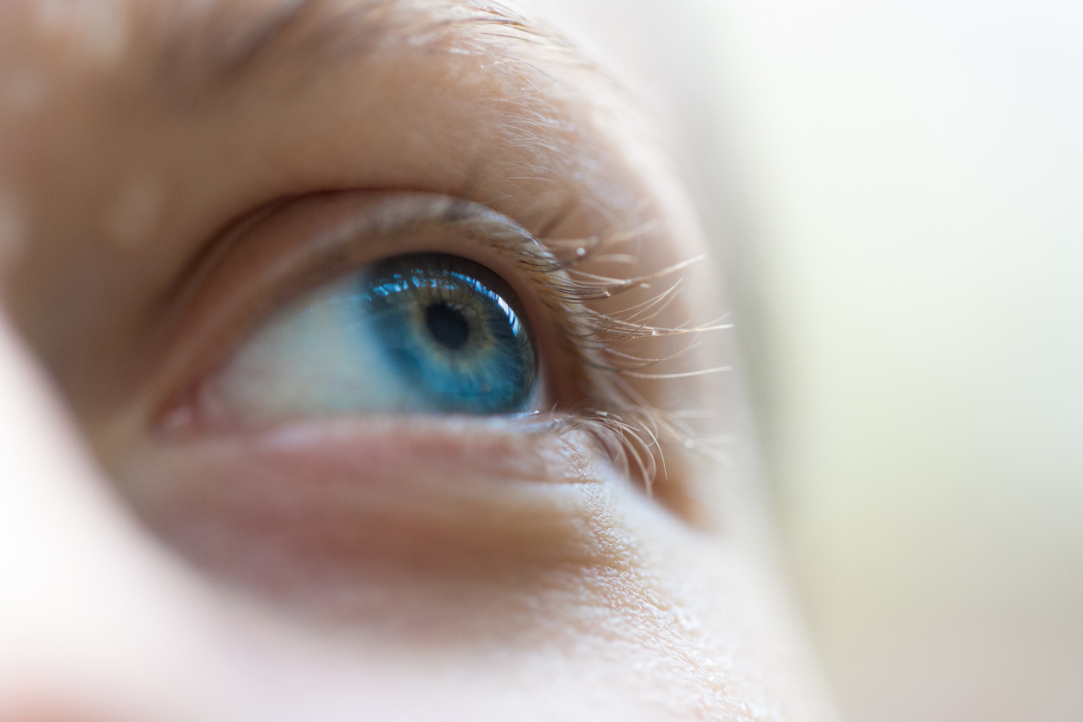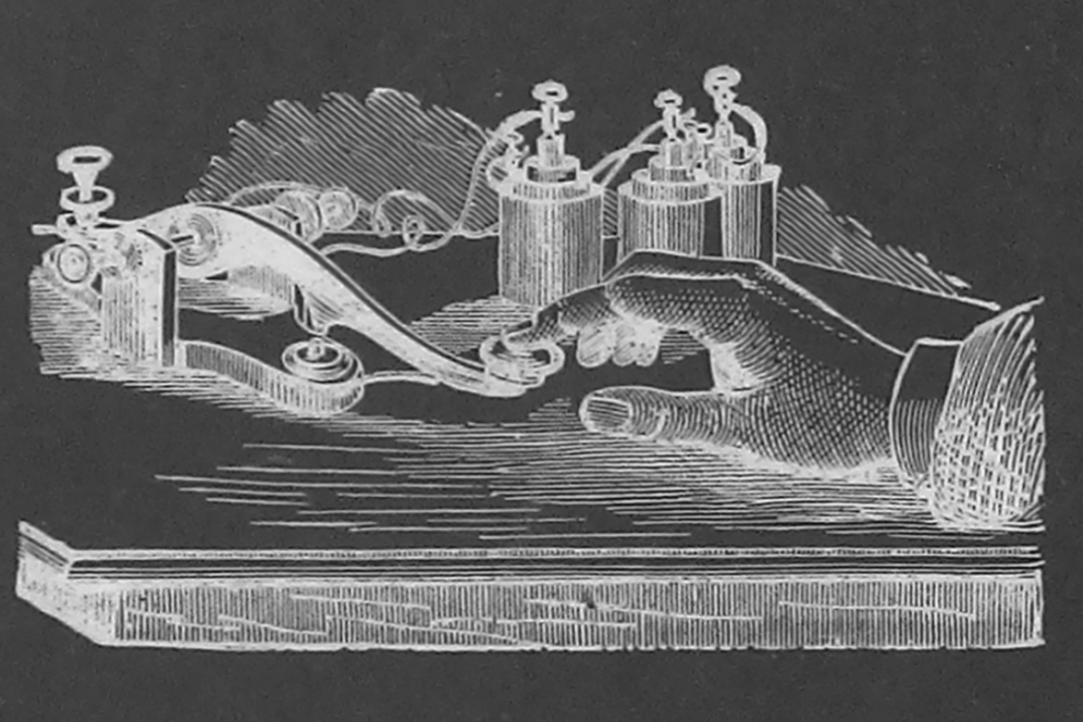
Crypto Investors Receive Downside Risk Premiums
Victoria Dobrynskaya, Assistant Professor at the HSE Faculty of Economic Sciences, has analysed the price dynamics of 2,000 cryptocurrencies from 2014 to 2021 and investigated the association between downside risks and average returns in the cryptocurrency market. As it turns out, cryptocurrencies exhibiting a greater risk tend to yield higher average returns. The study has been published in International Review of Financial Analysis.

Exploring the Eyes from a Scientific Perspective
The movement of human eyes mirrors the cognitive processes occurring in the brain. Today, neuroscientists can precisely monitor their parameters with millisecond accuracy. Video-oculography holds the key to understanding numerous phenomena related to reading, perception, and language production processes. IQ.HSE interviewed Andriy Myachikov, Leading Research Fellow at the HSE Institute for Cognitive Neuroscience (ICN), about the method of video-oculography, or, in scientific parlance, eye-tracking, and its applications in psycholinguistic research.

Plurilingualism Compensates for Low Extraversion in Nurturing Creative Skills
Researchers at the HSE Laboratory for Linguistic, Intercultural, and Creative Competencies have examined the role of the Big Five personality traits in moderating the development of creativity among individuals who use multiple languages and have intercultural experiences. It has been found that acquiring multiple languages and engaging with diverse cultures can enhance an individual's creativity and compensate for some deficiencies in communicative abilities. That said, language practices are likely to foster creativity only in mentally stable individuals. The paper has been published in the International Journal of Bilingual Education and Bilingualism.

Games Facilitate Stroke Patients' Recovery
An international group of scientists including researchers from HSE University has proposed a novel approach to rehabilitating patients with motor disorders. According to the researchers, more effective recovery can be achieved by granting patients the freedom to choose their movements and providing an appropriate system of rewards for engaging in the prescribed exercises. The opinion paper has been published in Neurorehabilitation and Neural Repair.

Measuring Pitch Frequency Can Help Train AI to Accurately Recognise Emotions
A new algorithm that enables precise measurement of the pitch frequency of a speech signal, a crucial parameter for identifying emotions and diagnosing illnesses, has been introduced by researchers at HSE Campus in Nizhny Novgorod. This method can operate in a noisy environment, in real time and with fewer computing resources than any currently existing analogues. The results of the study have been published in the Journal of Communications Technology and Electronics.

Complaints about Language Performance Not Always Correlated with Objective Cognitive Deficits in the Elderly
A team of researchers from the HSE Centre for Language and Brain and Alexeev Mental Health Clinic examined the relation between subjective complaints about language function and objective language performance in elderly people with mild cognitive impairment. It was found that the severity of subjective complaints exhibited only a moderate association with actual performance in language tasks. Participants in the study who expressed higher concerns about their language function compared to their memory faced greater difficulties with language tasks.

Microlasers with Quantum Dots Remain Functional at Elevated Temperatures
Researchers from the HSE International Laboratory of Quantum Optoelectronics in St Petersburg have explored the impact of resonator size on the operating temperature of a microdisk laser with quantum dots in a two-level generation mode. Their findings reveal that microlasers can produce radiation across multiple frequencies, even under elevated temperatures. In the future, this breakthrough will enable the integration of microlasers into photonic circuits, potentially doubling information transmission capabilities. The study findings have been published in Nanomaterials.

How the Telephone Conquered the World. Episode Five: From the US Free Market to Conservative Britain
In this series of columns on IQ.HSE, Anton Basov, HSE Faculty of Computer Science editor, discusses how telephones have become an integral part of our everyday life. The fifth episode of the series chronicles the early experiences of the telegraph and telephone in Great Britain, shedding light on the challenges they faced, and explores the adverse impact of excessive government regulation and nationalisation on the evolution of telecommunications.
.jpg)
HSE Researchers Study Emerging Adulthood in Russia
Sociology today distinguishes more developmental stages of growing up than just childhood, adolescence, and early adulthood, as commemorated in Leo Tolstoy’s trilogy Childhood, Boyhood, Youth. For the past two decades, sociologists have been exploring the concept of emerging adulthood, a transitional stage that occurs between adolescence and early adulthood. Researchers at the HSE Institute of Education have discovered that in Russia, one out of every two young respondents, with females more frequently than males, falls within the emerging adult category. The study findings have been published in Emerging Adulthood.

Russian Researchers ‘Peek Inside’ Carbon Nanopores
Researchers from HSE MIEM, in collaboration with colleagues at the RAS Institute of Solution Chemistry, have modelled the behaviour of ionic liquids within charged carbon nanopores ranging in width from 1 to 15 nm and assessed the mobility of both their cations and anions. The scientists observed that an increase in anion size resulted in higher mobility, whereas cations exhibited the opposite trend of reduced mobility with an increase in size. A better understanding of ionic liquids will enhance their use in supercapacitor technology. The study has been published in Journal of Molecular Liquids and supported by a grant from the Russian Science Foundation (RSF).

